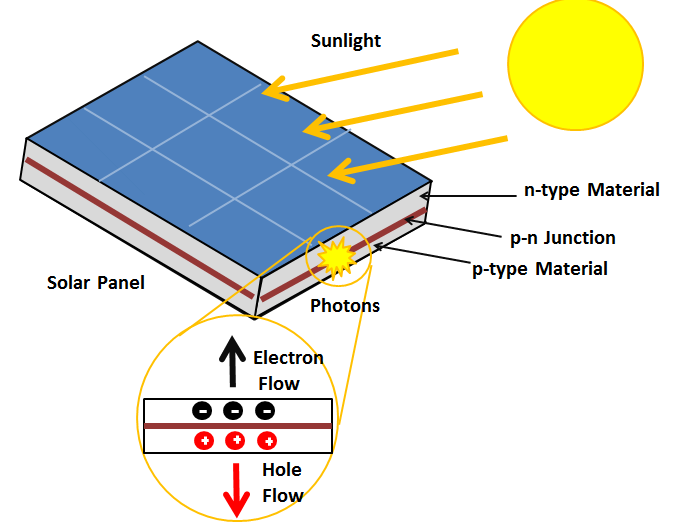With the backdrop of COVID-19, the new reality taking shape is made of complexity, uncertainty and opportunities. Industries are rapidly adjusting, and as the crisis unfolds, it is important for us to adapt to the new ways of business and life in this ‘new normal’.
The 4th Industrial revolution has picked up its pace, with the pandemic highlighting the role of technology, such as the Internet of Things, artificial intelligence, robotics and big data. To adapt and thrive, automation industries must accelerate and transform with more resilient, reliable and agile power solutions.
In Phoenix Contact, we have a comprehensive range of technologically leading products, ensuring your system and machine power reliability.
True power reliability is putting together the technologically leading products, with specialized, well-coordinated features and meeting customer application needs in 4 main key different aspects.
Continuous Power – Market leading power supplies solutions to safeguard control system with seamless operation. Examples include AC & DC Uninterruptible power supplies (UPS), battery-less UPS, and redundancy power.

Robust Protection – The power solution works reliably in harsh operating environments. For example, during electrical power surges & over-currents, mechanical shocks, vibrations, extreme climatic temperatures and dusty operating conditions.

Energy Efficient – Reliable products featured with high MTBF, long lifetime expectancy, energy savings and are environmentally friendly.
Intelligent Monitoring – Market-leading innovative products, enabling the smart connected power solution with preventive, predictive info.

We aim and strive to help our customers to embrace the ‘new normal’ for their systems, and ensure their machines’ maximum availability.
Contact us now. Your trusted partner for reliable power.


















 The main function of a solar module is to convert solar energy into electrical energy. A Solar module consists of a number of silicon cells which when illuminated by the sun, will produce photons that can generate electrical current. A set of Solar Panels in one system is called an Array. Generally the most widely used solar modules are crystalline type either Monocrystalline or Polycrystalline. While thin film solar modules are still rarely used (in Indonesia). A solar cell can produce a voltage of approximately 0.5 volts. So a 12 volt solar cell consist of about 36 cells.PLTS Off-grid will consist of several solar modules according to their capacity. For example, a 10 kWp PLTS will consist of 50 units of 200 Wp solar modules or 100 units of 100 Wp solar modules. These solar module is arranged in series and parallel with certain configuration.
The main function of a solar module is to convert solar energy into electrical energy. A Solar module consists of a number of silicon cells which when illuminated by the sun, will produce photons that can generate electrical current. A set of Solar Panels in one system is called an Array. Generally the most widely used solar modules are crystalline type either Monocrystalline or Polycrystalline. While thin film solar modules are still rarely used (in Indonesia). A solar cell can produce a voltage of approximately 0.5 volts. So a 12 volt solar cell consist of about 36 cells.PLTS Off-grid will consist of several solar modules according to their capacity. For example, a 10 kWp PLTS will consist of 50 units of 200 Wp solar modules or 100 units of 100 Wp solar modules. These solar module is arranged in series and parallel with certain configuration. In a solar power plant, solar panels can be arrayed in parallel to produce a larger current. Combiner boxes are used to connect the positive foot of solar panels to one another. Similarly, for negative legs. The positive foot end of the solar panel is connected to the positive charge controller leg and so is the negative leg. The resulting solar panel voltage will be used by the charge controller to charge the battery.
In a solar power plant, solar panels can be arrayed in parallel to produce a larger current. Combiner boxes are used to connect the positive foot of solar panels to one another. Similarly, for negative legs. The positive foot end of the solar panel is connected to the positive charge controller leg and so is the negative leg. The resulting solar panel voltage will be used by the charge controller to charge the battery.















 Do you know one common challenge for devices used in areas such as filter and inductor construction, energy distribution and power supply production is Electrical Safety i.e. how to lead the high power through the panel wall safety.
Do you know one common challenge for devices used in areas such as filter and inductor construction, energy distribution and power supply production is Electrical Safety i.e. how to lead the high power through the panel wall safety.